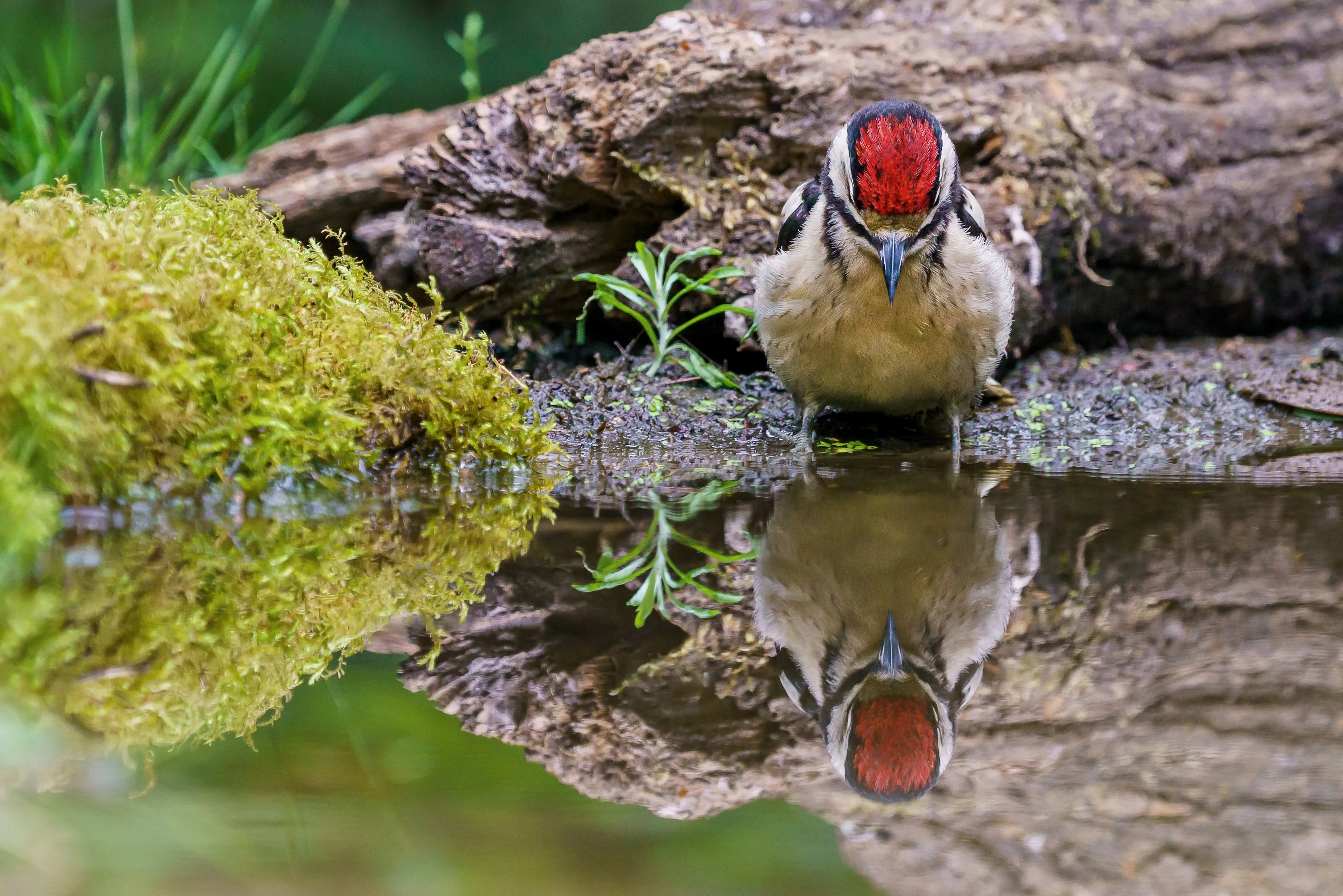Have you ever wondered, “Why isn’t any bird visiting my feeder at night?” You’re not alone. Even with a smart feeder fully stocked, charged, and equipped with night vision, the platform often sits empty after dark. Let’s explore why nighttime feeding is rare—and what you can do to keep your feeder active when the sun goes down.
💡 Quick Answer
Most birds are diurnal, meaning they are active during the day and rest at night. Nighttime feeding is rare due to safety concerns, limited visibility, and natural instincts. Even the smartest feeder can’t override biology.
🧠 Birds Aren’t Built for Nighttime Feeding
The vast majority of backyard birds—such as cardinals, chickadees, finches, and sparrows—follow a daylight-based schedule. They feed in the morning and late afternoon, then find shelter before sunset. Birds that do operate at night, like owls and nighthawks, feed on insects, not seeds—and they don’t typically visit feeders.
So, if your feeder is quiet at night, it doesn’t mean something’s wrong—it just means your guests are sleeping.
🛡️ Safety First: Why Birds Avoid Darkness?
At night, the world becomes riskier for birds. Predators like raccoons, stray cats, and owls become active. Birds instinctively avoid exposed areas like feeders during these hours.
Even if your smart feeder uses infrared light for night vision, a sudden flash or sensor shift might feel threatening to birds. They prioritize shelter and quiet over food once darkness sets in.
🌾 Seed Condition Can Deter Visitors
If seeds stay in the feeder overnight, dew and humidity can make them clump, rot, or mold. Birds are sensitive to spoiled food and will avoid it if it smells or looks off.
To prevent this, offer only small amounts of seed overnight and refresh it regularly—especially in humid climates or during rainy weather.
🌲 Placement Still Matters After Dark
Feeder location can influence bird confidence. If the area is too exposed, too noisy, or too close to artificial lights, it becomes less appealing.
For nighttime or early morning visits, make sure your feeder is:
- Close to shrubs or tree cover.
- Positioned at least 5 feet off the ground.
- Away from harsh lights or loud areas.
These adjustments support a sense of security, which is key for bird visits—day or night.
🐾 It Might Not Be Birds at All
If your seeds are disappearing overnight, and your camera shows no bird activity, the real culprits could be raccoons, mice, or even squirrels. These nocturnal visitors can raid feeders, scare birds away with scent or noise, and leave a mess behind.
Check your smart feeder footage or place a motion sensor nearby to monitor nighttime “guests.” You may need to use baffles or relocate the feeder to prevent further interference.
🛠️ How to Encourage Early Morning & Late Evening Visits?
While you likely won’t see birds feeding at midnight, you can optimize your feeder setup for dawn and dusk activity:
✅ Use soft infrared lighting
Avoid motion-triggered lights or sudden flashes near the feeder.
✅ Offer high-energy, fresh food
Try black oil sunflower seeds, peanuts, or suet cakes that provide an energy boost before roosting.
✅ Place your feeder near shelter
A low-hanging branch or bush makes birds feel safer, especially when light levels drop.
✅ Provide water
A shallow birdbath or small fountain can attract thirsty birds and increase overall activity, especially during warmer months.
✅ Scatter a few seeds on the ground
This helps birds discover the feeder location if it’s new or if they’ve been wary in the past.
🌟 Why Choose Bilantan Smart Bird Feeders?
At Bilantan, our smart feeders are designed to respect natural bird behaviors and provide optimal safety and comfort. With features like gentle night vision, weather-resistant seed compartments, and easy cleaning options, Bilantan feeders help you create a welcoming backyard habitat for your feathered friends.
Explore our smart bird feeder collection to find the perfect model that fits your garden and watch the bird visits increase—especially during the early morning and late afternoon.
🐦 FAQ: Common Questions About Nighttime Bird Feeding
Q: Why isn’t any bird coming to my smart feeder at night?
A: Most birds are diurnal—they rest at night and feed during the day. Nighttime feeding is uncommon due to limited visibility and natural predator risk.
Q: Can I attract birds to feed after sunset?
A: Not likely. Most birds wind down by dusk. Focus instead on attracting them early in the morning or late in the day.
Q: Should I leave food in my smart feeder overnight?
A: You can—but make sure it stays dry and clean. Moisture from dew or rain can cause seeds to spoil, discouraging birds from feeding.
Q: If seeds are missing in the morning, could animals be stealing them?
A: Absolutely. Raccoons, mice, or squirrels are common nighttime feeder raiders. Review footage or install a baffle if theft is an issue.
Q: Is it okay to leave the feeder out all night?
A: Yes, but it's best to place it in a protected spot and secure it to avoid damage or tipping by nocturnal wildlife.
Q: When are birds most likely to visit my smart feeder?
A: During the early morning and late afternoon hours—especially around sunrise and before sunset.
Q: How do weather conditions affect bird feeder visits?
A: Birds may avoid feeders during heavy rain or storms but are more active in clear or lightly overcast weather, especially during cooler temperatures.
Q: What plants or landscaping help attract birds near feeders?
A: Native shrubs and trees provide natural shelter and food sources, making birds feel safer and more likely to visit your feeder regularly.
📚 Conclusion: Trust the Rhythm of Nature
Your smart feeder may be doing everything right—but birds simply follow their internal clocks. As daytime creatures, they eat when it’s safe and bright, and rest when it’s dark.
Focus on creating a welcoming environment during the hours birds are naturally active. By providing fresh food, safe shelter, and a little patience, you’ll build up trust—and eventually, a loyal flock of visitors at dawn.
Start your journey to a livelier backyard today with a Bilantan smart bird feeder, designed to help you enjoy birdwatching every day—no matter the hour.




Leave a comment
All comments are moderated before being published.
This site is protected by hCaptcha and the hCaptcha Privacy Policy and Terms of Service apply.